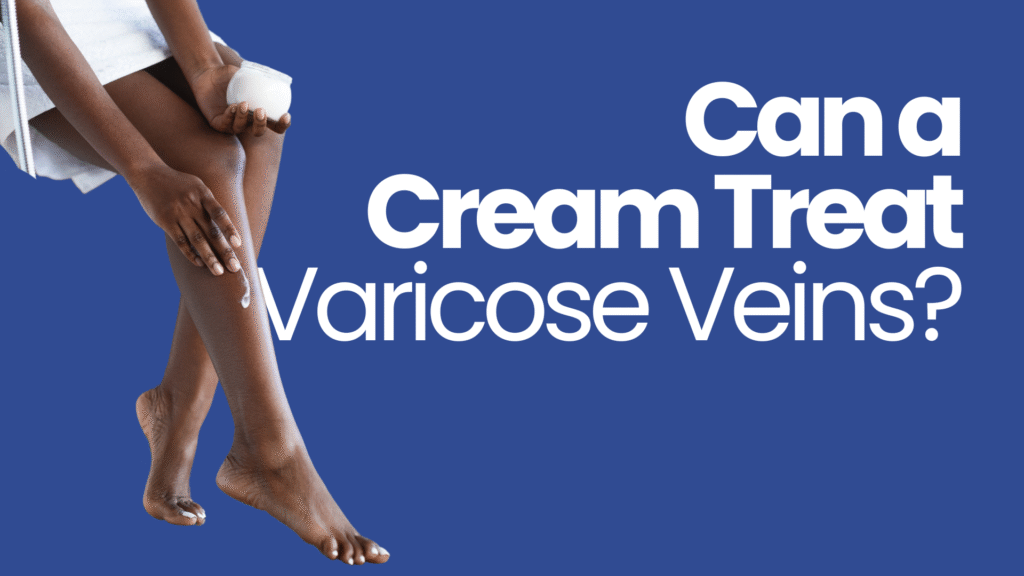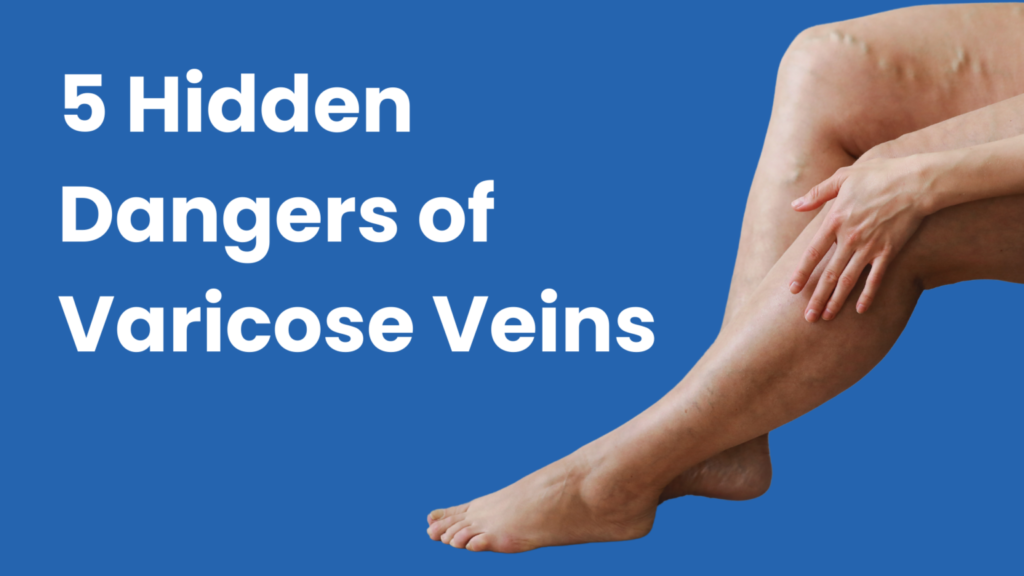You’ve been running around all day and you’re looking forward to tumbling into bed and getting a good night’s rest. Unfortunately, your legs have other plans. Instead of relaxing like the rest of your body, they develop unpleasant sensations that include an urge to move.
Called restless legs syndrome (RLS), this condition affects up to 7% to 10% of Americans of all ages, which makes it fairly common.
As experts who address a number of leg conditions, Dr. Ariel Soffer and the team here at Soffer Health Institute have extensive experience helping patients with restless legs syndrome (RLS).
If you want to get on the road to quieter legs and better sleep, here’s what you should know about restless legs syndrome.
Restless legs syndrome — a lesson in frustration
To call restless legs syndrome frustrating would be an understatement. For starters, the condition can often prevent you from getting a good night’s rest as your legs itch, ache, or feel like something is crawling on your skin when you’re trying to sleep. These symptoms are often described as sensations that make your legs uncomfortable.
Another frustrating aspect is that the only way to relieve the symptoms is to move your legs, which is hardly helping you to get some much-needed shut-eye. Indeed, this need is more of an uncontrollable urge, causing you to thrash your legs around.
Lastly, there are no clear-cut causal pathways that lead to RLS, which is defined as both a neurological and a sleep disorder.
Potential causes of restless legs syndrome
While we may not have isolated a single and direct cause-and-effect mechanism for restless legs syndrome, which is also known as Willis-Ekbom disease, we have identified some risk factors, such as:
- Iron deficiency
- Nerve damage in your legs (peripheral neuropathy)
- Kidney disease
- Pregnancy and hormonal changes
- Alcohol use
- Genetics
- Certain medications, such as antihistamines and antidepressants
From our standpoint, we’ve seen a connection between venous disease and restless legs syndrome. More specifically, conditions that lead to superficial venous reflux, which includes spider veins and varicose veins, can be associated with RLS.
Quieting those restless legs
If you suspect you have RLS, your first step is to come see us so we can review your health and perform a vein evaluation. During this visit, we look for any conditions that might be leading to your RLS.
If you have any outward signs of venous disease, such as varicose veins or spider veins, this may be a good place to start treatment. One study reports that correcting superficial venous reflux helps to improve symptoms of RLS.
Or, perhaps we find that you have an iron deficiency, in which case taking iron supplements might help.
Rest assured, we work with you until we find answers, even if it means finding you another specialist.
If you have more questions about restless legs syndrome or you’d like to be evaluated for this common condition, please contact one of our offices in Weston or Aventura, Florida, to set up an appointment.



